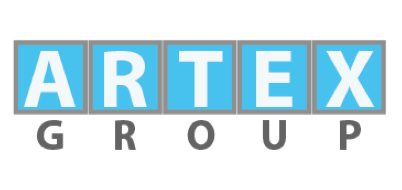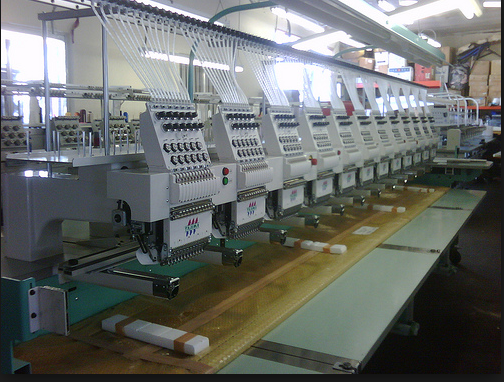Ever wonder how they make an embroidered patch?
Custom patch making – Ever wonder how they make an embroidered patch?
You might be surprised as to how many different hands it takes to make an embroidered patch. I will offer a somewhat simplified version of the process hoping to give you a much better understanding of what goes into making a patch.
First, let’s assume for the sake of this article that your artwork is complete and approved. As mentioned in earlier segments, Artex Group has a full service art department that can help you with the creation of your design. The approved artwork then proceeds to the digitizing department.
In the simplest of terms, the digitizing department takes your artwork and produces a file that will instruct the embroidery machine as to where to place each and every stitch. It also provides instructions as to thread color selections and placement of the stitching layers that make up each design. Without a doubt, the expertise of the digitizer determines the appearance and quality outcome of the emblem. In essence, digitizers are artists and their ability is absolutely key to making a beautiful emblem.
Once the digitizing file is complete, it’s time to begin the embroidery process. We use primarily Tajima embroidery machines that feature up to 20 or more individual sewing stations. Each station will completely produce one emblem. The base materials used are primarily twill and pellon, both cotton-based fabrics. The twill is the surface material and the pellon, placed beneath the twill, acts as a stitch stabilizer. Both come in rolls and are laid out in front of the sewing stations. The stitching begins and ends only after all the surface stitching is complete. Stitch borders, if selected, will also be completed during this process. Once the machine completes one row of patches, the twill is rotated to uncover a new surface area and the stitching process begins again. This continues until the order’s quantity has been completed.
The twill is then removed and sent to our lamination process whereby the backing (either heat seal or plastic) is applied. The lamination machine is like an oven with rollers and the backing material is slowly baked onto the back of the twill. After appropriate cooling, the twill is then sent to our detailing department whereby each emblem is cut out to your exact specifications. The patches are also given an initial inspection for any defects.
If the patches required a merrow border, they are sent to our sewing department whereby the borders are applied to each patch. The machines are very similar to household sewing machines.
All patches are then sent to our quality control department for a final inspection. Minor defects such as loose threads, can in most cases be repaired. Beyond that, defective emblems are removed and destroyed. Quality approved patches are then sent to the shipping department, placed in boxes and made ready for final delivery.
We hope this helps in understanding our custom patch making process!

